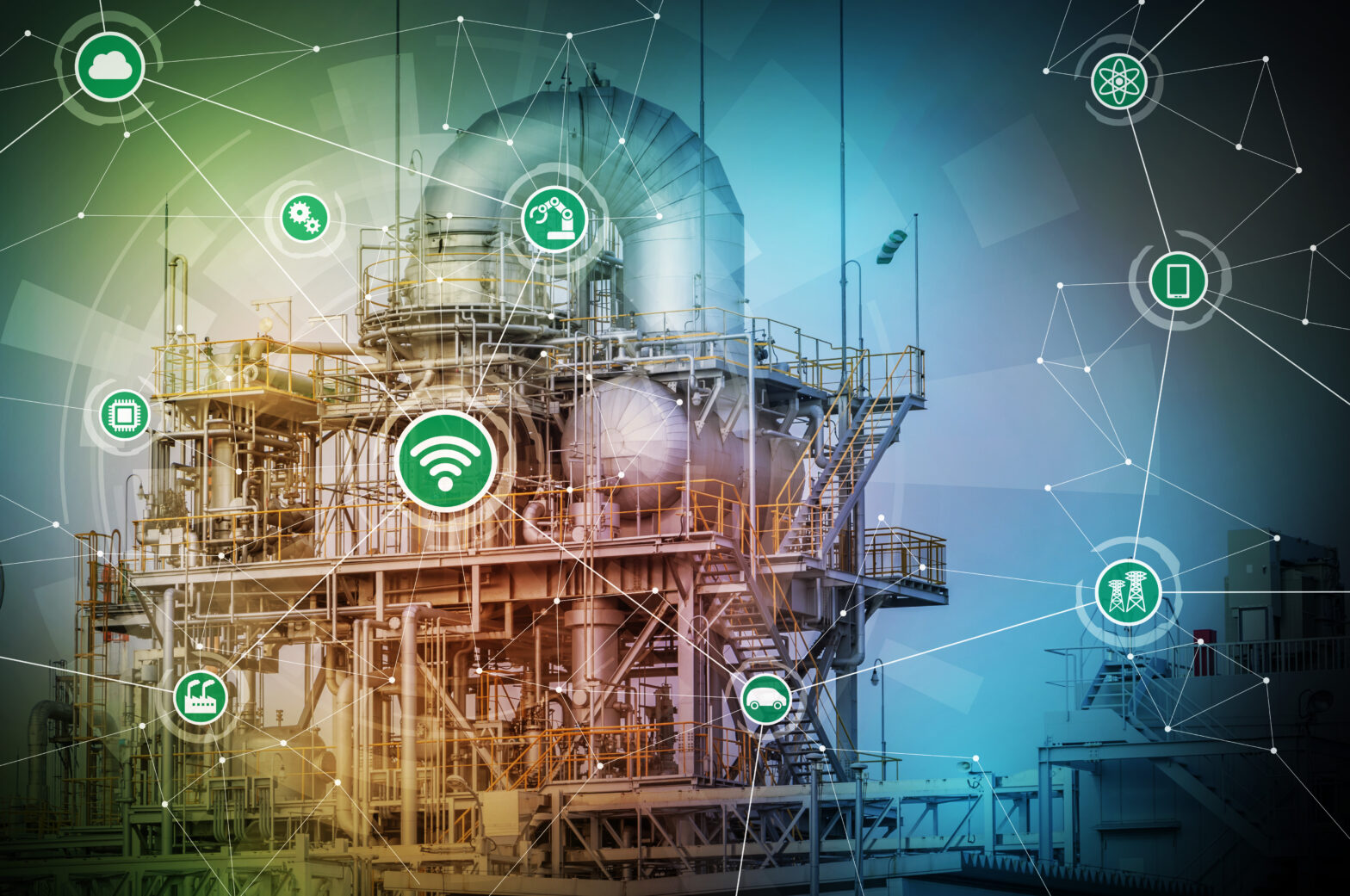Data and analytics are increasingly fuelling the adoption of connected devices and the Internet of Things. But for businesses to succeed in unlocking the potential of this trend it is vital they understand, monitor and measure the mass of data being created.
A good example of this in practice is video camera manufacturer GoPro. The company is using data from its products to make business decisions that improve the customer experience and pinpoint gaps in the market.
Rather than presuming customers use products in a certain way, GoPro turned to its event processing and analytics clusters to cut through the mass of data and identify how users valued its cameras for photographs as well as video.
This has led to a range of innovations and new features to help manage and curate photographs.
>See also: 10 predictions for the Internet of Things and big data
Many organisations have realised the value of storing and managing their data, but are struggling to find opportunities to deliver value. This is a vital lesson for businesses to use the data they have available to benefit their customers and encourage innovation in the products and services they offer.
It also highlights the need for businesses to economically store their data, govern its use and generate more value and insight outside of the lab or pilot.
Importance of data management and governance
It’s vital to ensure data is managed and governed correctly. For example, smart meters can generate events at growing levels of resolution, typically 15 minute intervals.
This information has different constraints on how it can be shared and compared with the customer’s record. Smart metre event data must typically reside within the UK, while the customer record can be shared under the correct controls across Europe.
While the large majority of energy suppliers have a global or European footprint, providing controls and policies to protect this information is important.
Another good example is the automotive industry, in which it is typical for sources to be delivered at a very high frequency – often up to one second per message per vehicle.
It is common for each manufacturer and, in some cases, each vehicle to have different data delivered in different formats at different levels of granularity and against different units of measure.
>See also: How the Internet of Things is changing business models
This data often arrives so fast that it needs handling ‘in-stream’ to normalise the units, standardise and internationalise the time dimensions and transform into an appropriate archive and analytics format.
With this in mind, it’s very important to consider where you store your data, which platform you use to store it and, like GoPro, monitor and analyse it in real-time.
To help businesses manage this, Cloudera’s enterprise platform brings together storage, compute, search and event processing to make Hadoop fast, easy and secure by governing and encrypting information through the whole lifecycle.
Impacting industrial IoT innovation
Another key issue is the emergence of industrial IoT as a pioneer of big data analytics.
Data is fuelling the expansion of smart motorways, helping hospitals implement new processes and policies, and assisting pharmaceutical firms in creating new drugs and targeting them to individuals.
This is proving especially the case in predictive maintenance, supply chain management and the on-demand delivery of goods and services.
Having access to data in real-time is also vital, especially in the case of truck manufacturer Navistar monitoring its fleet of 180,000 trucks.
It can now look at how trucks get refuelled, analyse driver behaviour, assess whether goods have been spoiled in transit and much more – all of which has reduced the cost of managing its fleet from 15 cents per mile to just 3 cents per mile, creating significant tangible savings.
An integrated approach to data is also beneficial, when a car suffers an electrical fault for example. Calling the manufacturer via the in-built support line, and delivering diagnostic information over the line resulted in an immediate understanding of the problem – a failure in the rear light cluster (e.g.).
>See also: Where will the Internet of Things take businesses in 2017?
The call handler can then direct a driver to a service garage nearby. This is a real-world and practical example of how joined-up use of data can enable an enhanced customer experience.
IoT data is also revolutionising the wider motoring industry. Modern systems can constantly monitor the efficiency of the braking system, algorithms can predict the wear of the pads, and alerts can notify the manufacturer if their performance deviates from the optimal model.
Mitigation can be put in place and the brake system refurbished before the vehicle reaches a point of failure.
Taking this one step further, this information also feeds into enabling insurance companies to provide fairer, better informed vehicle insurance quotes.
Insurance firms can now use car handling information from IoT data and sensors to offer discounted insurance rates to people that drive carefully.
These examples from the industrial world are slowly creeping into our everyday experiences. Society might be making small steps on the path to autonomous driving, improving business efficiencies and saving lives, but the analysis of data from the Internet of Things is slowly helping people live better lives.
Sourced from Chris Royles, systems engineer at Cloudera







